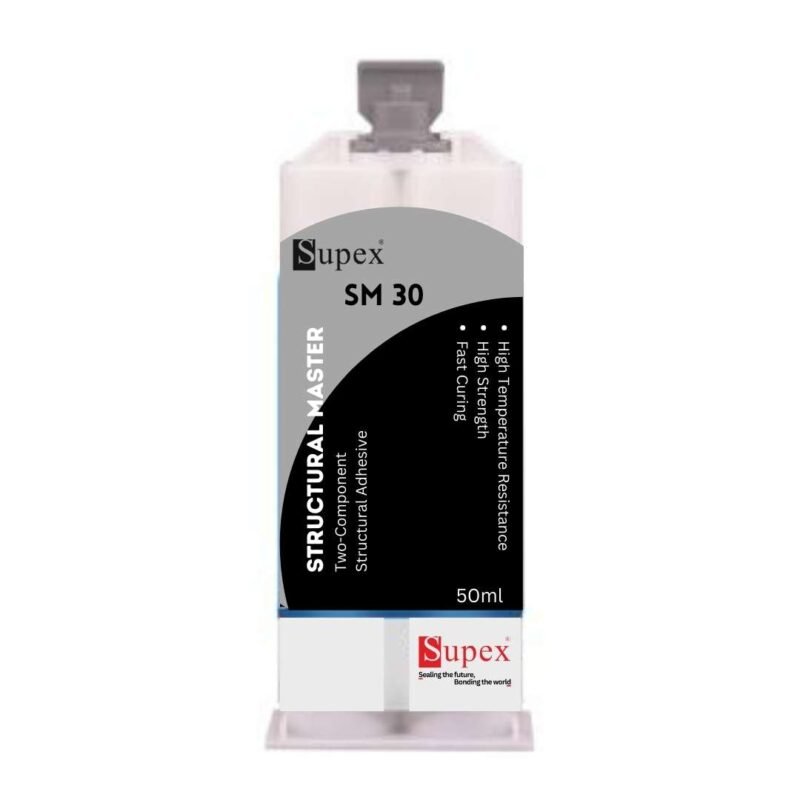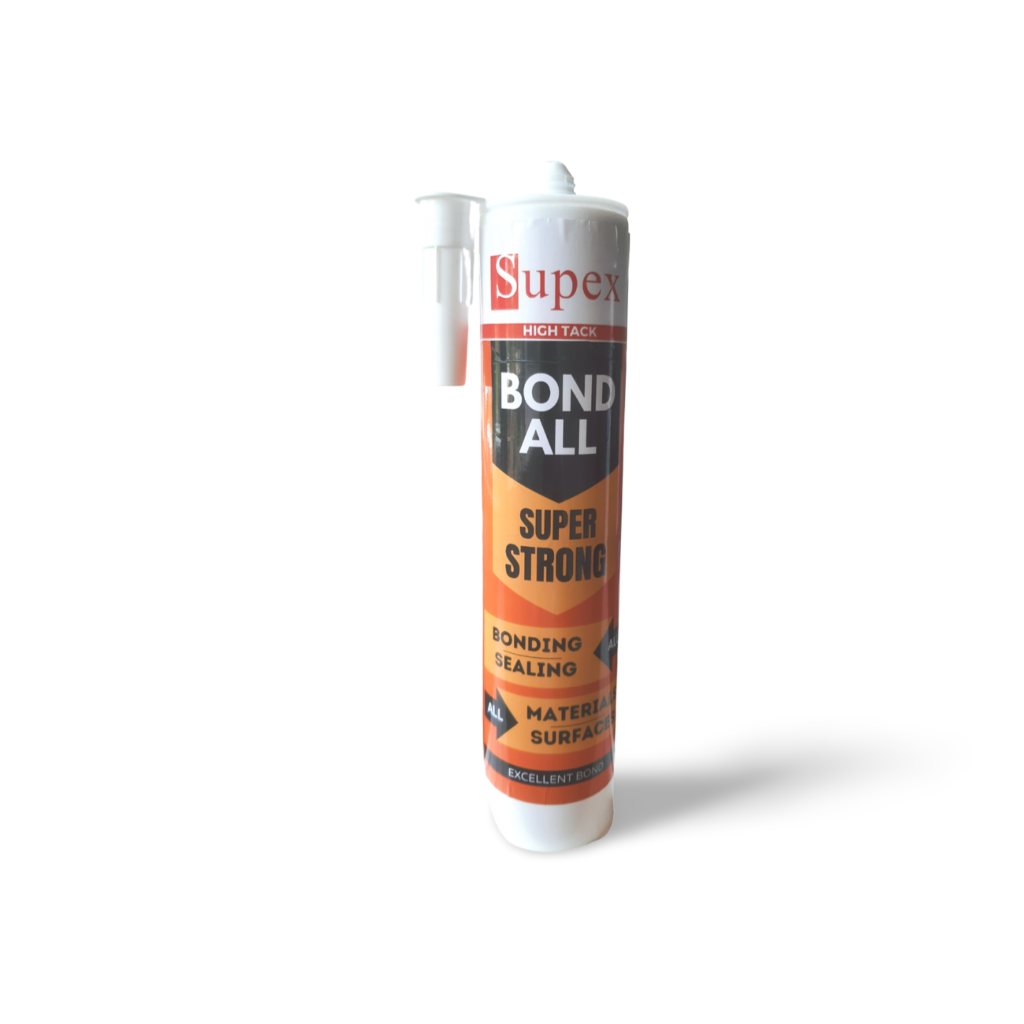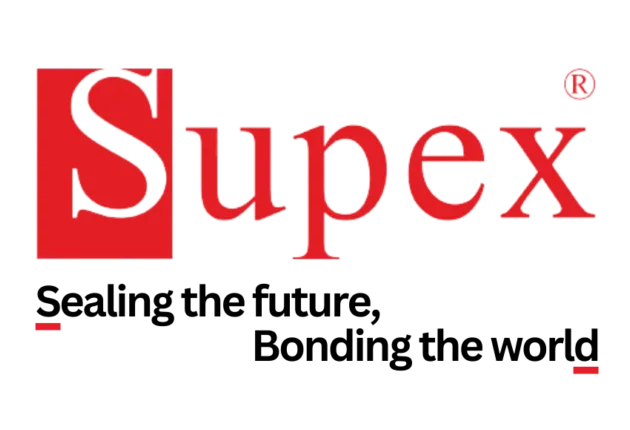Metal Adhesive bonding
Metal adhesive bonding is specially formulated glue designed to bond metal surfaces together. These adhesives provide an effective solution for joining metal parts without the need for welding, riveting, or screws. They offer various benefits in terms of strength, versatility, and ease of application, making them ideal for a wide range of industries such as automotive, aerospace, construction, and electronics.
Types of Metal Adhesives
Epoxy Adhesives
- Properties: High-strength, durable, and resistant to heat, chemicals, and moisture.
- Applications: Used for heavy-duty metal bonding in automotive parts, metal fabrication, and aerospace.
- Benefits: Excellent structural bonding, ideal for both small repairs and industrial applications.
Acrylic Adhesives
- Properties: Fast curing and strong bonding on various metals, including aluminum, stainless steel, and brass.
- Applications: Common in automotive, metalwork, and appliance industries.
- Benefits: Quick application, superior impact resistance, and high shear strength.
Polyurethane Adhesives
- Properties: Flexible and impact-resistant with good adhesion to metals and other materials.
- Applications: Used in automotive trim, industrial assembly, and construction.
- Benefits: Offers flexibility and shock resistance, ideal for materials subject to expansion and contraction.
Silicone Adhesives
- Properties: Weather-resistant, flexible, and able to withstand extreme temperatures.
- Applications: Sealing and bonding in outdoor metal applications, HVAC systems, and electronics.
- Benefits: High temperature resistance, excellent for sealing metal joints and waterproofing.
Anaerobic Adhesives
- Properties: Designed for bonding metal parts in a confined space, often used for threaded fasteners.
- Applications: Threadlocking, sealing, and gasketing in automotive and industrial applications.
- Benefits: Cures in the absence of air, offering strong resistance to vibration and pressure.
Hot Melt Adhesives
- Properties: Thermoplastic adhesives that are applied in a molten state and solidify as they cool.
- Applications: Typically used for light-duty bonding in metal-based packaging, signs, and furniture.
- Benefits: Fast-setting, easy to apply, and suitable for light bonding applications
Choosing the Right Metal Adhesive
When selecting an adhesive for metal bonding, consider the following factors:
- Type of metal: Some adhesives work better with specific metals like steel, aluminum, or brass.
- Environmental exposure: Will the bond be exposed to heat, chemicals, moisture, or outdoor conditions?
- Strength requirements: Does the application require high tensile or shear strength?
- Flexibility needed: Does the adhesive need to handle vibration or expansion?
Eliminate fasteners for Name plate fixing




The Power of Metal Adhesive bonding
SUPEX BOND ALL is not your typical adhesive; it’s a game-changer in the world of industrial bonding solutions. This MS Polymer technology-based sealant and adhesive offers a myriad of benefits that make it perfect for bonding metal name plates on large machinery.
- Outstanding Adhesion: SUPEX BOND ALL is renowned for its exceptional adhesion capabilities. It bonds with various materials, including metals, plastics, and even glass, ensuring that your metal name plates stay firmly in place, regardless of the surface’s composition.
- Durable and Weather-Resistant: Industrial machinery often operates in harsh conditions. SUPEX BOND ALL is designed to withstand extreme temperatures, UV exposure, and moisture, making it an ideal choice for both indoor and outdoor applications. This ensures that your metal name plates remain intact and legible throughout their lifespan.
- Shock and Vibration Resistance: Large machinery is prone to vibrations and shocks during operation. SUPEX BOND ALL offers excellent shock-absorbing properties, preventing your name plates from loosening or falling off due to mechanical stress.
- Chemical Resistance: When informative plates bear critical data such as manufacturing dates and batch numbers, it’s vital that this information remains unaltered. SUPEX BOND ALL’s resistance to various chemicals ensures that your plates stay in pristine condition, even when exposed to industrial solvents or cleaning agents.
Metal Adhesive bonding
Request a Consultation
Mobile/Whatsapp: +919699892782, Mail: sales@supex.in
Contact usName plate bonding with Supex metal adhesive
Applying SUPEX BOND ALL for bonding metal name plates or informative plates on large machinery is a straightforward process:
- Surface Preparation: Ensure that the surfaces to be bonded are clean and free from dirt, oil, or dust. You may need to use a suitable solvent to remove any contaminants.
- Application: Apply SUPEX BOND ALL in a uniform bead or spot pattern to the back of the metal name plate or informative plate.
- Press into Place: Gently press the plate onto the desired location on the machinery. SUPEX BOND ALL offers a short open time, so you have some flexibility to adjust the positioning before it cures.
- Curing: Allow SUPEX BOND ALL to cure. The curing time can vary depending on environmental conditions, but generally, it forms a strong bond within hours.
